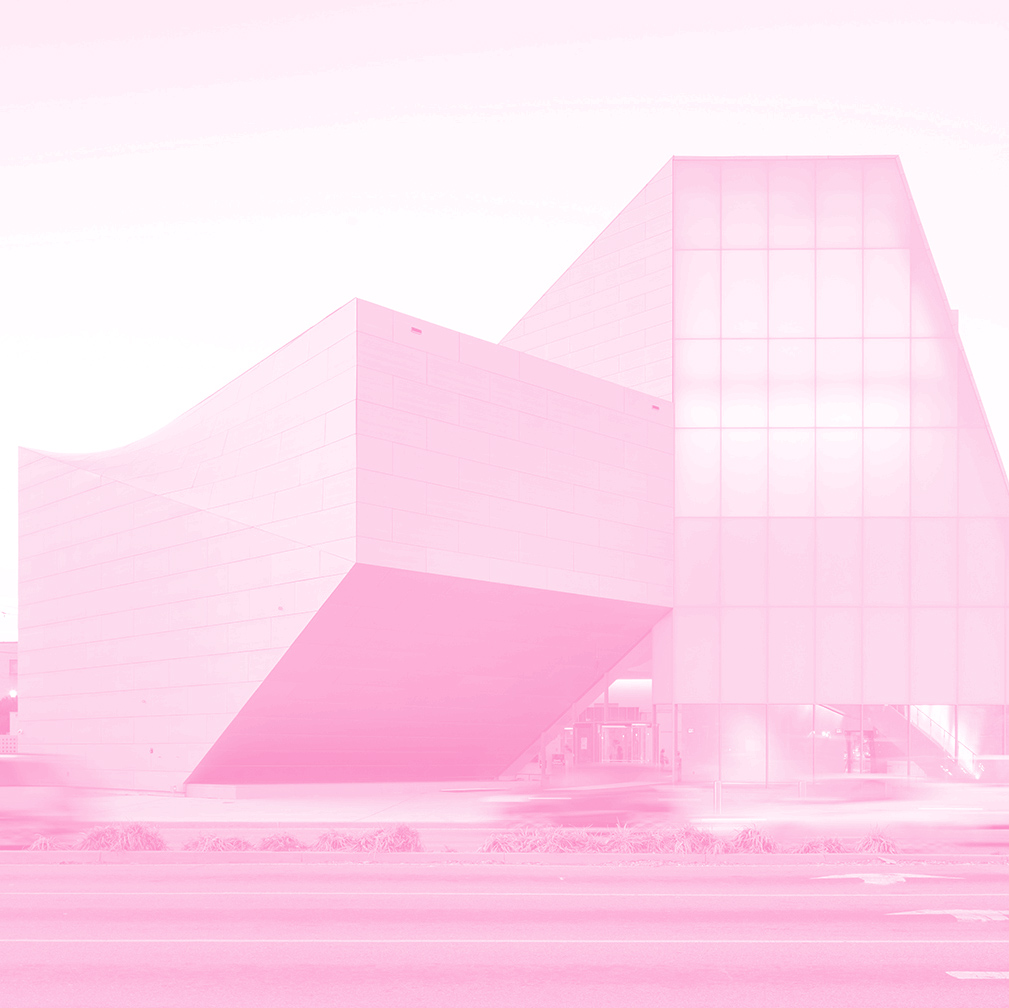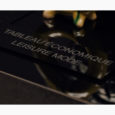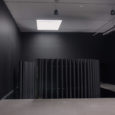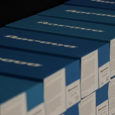Introduction
Hi! My name is Irena Haiduk and I’m an author and an artist.
Tableau Économique, it’s an economy. It has two modes in which it operates. One is a labor mode, which is a mode where the tableau is operating, working, transacting, making contact with people. And one is the leisure mode which is when tableau is sleeping, rejuvenating, healing itself and kind of more acts like a sculpture or something that kind of plays dead or sleeping, hopefully.
Our tagline is “How to surround yourself with things in the right way.” Daniil Kharms wrote a version of this in one of his shorter poems, I think. Which is learning to desire not the way that we desire now, which is really optically through images. Thinking about a world not as something that is disposable but actually thinking about a world as something that needs to be healed and trying not to kind of lead it down this path of death drive that its desires and images bring us, but actually to heal it and work with it as an infrastructure for something else, something that is not currently on offer.
I really do think the way you treat things is the way you treat people. So, that’s what we try to do with our exhibitions. We try to not install them, but actually demonstrate economies.
Images
I believe we externalize memory. Like we’ve created the cellphone to remember things and maybe when aliens invade one day, I don’t know, they’re going to go through these data streams and we’re going to be like what the fuck?
But like I don’t think we even go through these pictures anymore. We take a picture so we don’t have to remember.
For me, taking pictures is a way of consumption. Also a way of cutting off a process that used to be in our head, not in our eye, right. And also it’s taking something. It’s like this right to express yourself, right to take, right to buy, right to own, right to possess. They’re all connected through a world of desire.
Even though it sounds like a total like oppressive move usually to people at first, we built an environment so they would dwell in it so they could accumulate an image by being in it and talking to people. And a story is something that you don’t forget; an idea is something that you can’t take out of somebody.
Imagination is a dangerous thing, if you can imagine something you have agency and I think the reason why agency does not exist anymore is because it’s like standardized, you know. This is all connected. Yea, if people want to take an image I don’t find that a freedom, you know, like I find that a prison. Just remember. I try as much as I can to not take, you know.
Shoes
Borosana shoe, yes. It’s a shoe that was developed at the Borovo factory in Yugoslavia from year 1961 til 1969. The women on the production lines wanted to make a shoe for themselves that would not make their backs hurt. So they hired an orthopedic surgeon who helped them place this ergonomic ball in this shoe that they had designed. They used it heavily and then they kind of expanded the use of the shoe to the whole country so they made two colors: a white color, for women who were working in pharmaceutical industry, university workers, hospital workers, and then the navy color was there for blue collar women and it create a class rift because people in the public sector had to wear them, which was mostly all the jobs available.
I was always an admirer of the shoe and in 2011 I made a trip to Borovo after the war and we went and we excavated the original molds. Borovo agreed in 2012 to produce the shoe. This project which I now call Nine Hour Delay with the Borosana shoe would become the official shoe of the institution hosting the project. So all the women like the women of Borovo, who kind of at the time really only used the shoe for labor, the women in the art institutions would use the shoe also as a clock. When they would put it on, they would work. When they would take it off, they would not work. We contract people to actually sign a contract saying that they will be conscious and that they will only be working in these shoes. So, we collect these and publish it in our annual report but that’s what the Borosana is.

 Closed
Closed

 Area Map
Area Map  Parking
Parking 

